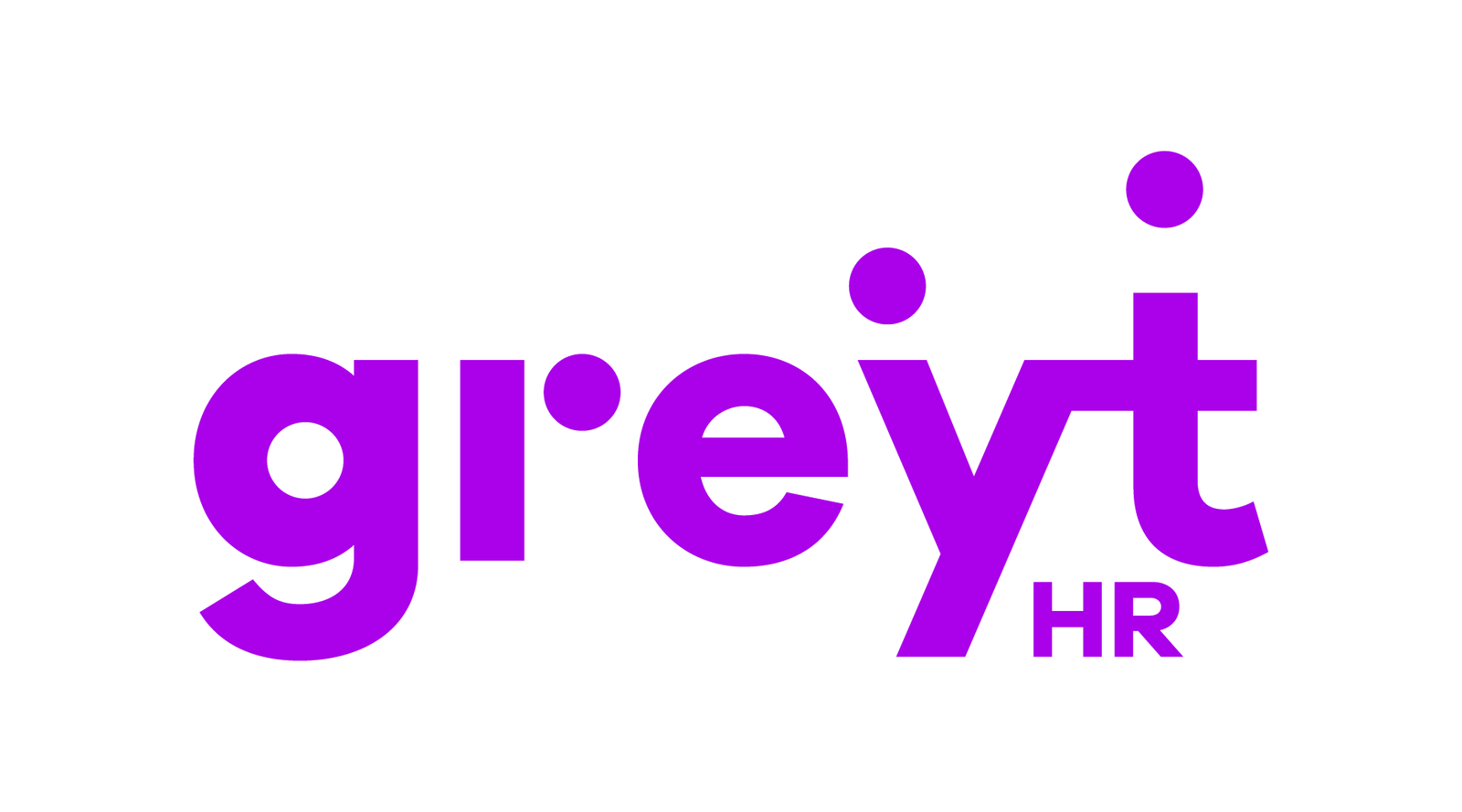As Omicron drives the search for a more effective mask, there is renewed attention on the only CDC-recognized standard for fabric masks, ASTM F3502-21.
SEATTLE, UNITED STATES, December 30, 2021 /EINPresswire.com/ — According to data from Seattle based Puraka Masks, consumer demand for cloth masks meeting the new CDC-recognized ASTM F3502 standard has increased by more than 300%. The data shows organic search traffic for F3502 masks and barrier face coverings surged during the one-week period beginning 12/14/2021 and ending 12/21/2021. Moreover, the data shows demand peaked approximately four business days before Christmas, suggesting consumers felt compelled to upgrade their masks before getting together with friends and family for the holidays.
“The highly contagious Omicron variant appears to be driving a renewed interest in masks that meet this standard” says Lauren Chagaris, Puraka Masks’ General Manager. “As people discover that only one type of fabric mask is actually endorsed by the US Centers for Disease Control, it becomes a wake-up call that the fabric mask you purchased on Amazon might not offer an adequate level of protection.”
ASTM F3502, referred to as the Specification for Barrier Face Coverings, or BFC, requires conforming masks to publish two key performance indicators: filtration efficiency and breathability. Filtration efficiency must be at least 20% for a Level 1 BFC, and 50% for a Level 2 BFC. “Although 20% sounds like a low number, the filtration efficiency score is for sub-micron particles, which on average are even smaller than the Coronavirus itself,” says Chagaris. “Particles in that range are known as the ‘most penetrating particle size’, and larger airborne particulates are filtered at significantly higher rates.”
For comparison, the test for surgical mask filtration efficiency uses particles that are both larger in size and lower in absolute quantity. The different approaches to testing reflects the fact that F3502 Masks are designed to filter aerosols, whereas surgical masks are engineered to stop liquids first, and aerosols second.
The other key metric for F3502 Barrier Face Coverings is breathability. The standard uses breathing resistance, expressed and measured in millimeters, to indicate how breathable a given mask is. To achieve a Level 1 score, a BFC must have a breathing resistance of less than 5mm, whereas a Level 2 BFC must achieve a resistance under 15mm. Medical-grade respirators like the KN95 are typically required to be under 35mm in inhalation resistance, which would be considered a failing grade under the F3502 standard.
Optionally, F3502 masks may include a Bacterial Filtration Efficiency, or BFE, score. The BFE score aids consumers by showing the mask’s effectiveness against slightly larger particles that may be carriers of airborne virions. To achieve a higher BFE score, masks can utilize pm2.5 filter inserts, made from N95-grade melt-blown materials, which can provide an additional layer of electrostatic filtration on top of the mechanical protection conveyed by the cloth mask itself.
About Puraka Masks
Seattle-based Puraka Masks was founded in 2018 after two consecutive years of devastating Pacific-coast wildfires. Puraka served on the joint ASTM / NIOSH subcommittee that developed ASTM F3502-21, now the only standard for fabric masks that is recognized by the US CDC as source control for COVID-19. Puraka offers retail F3502 masks such as its Essential Black Mask online as well as custom options for workplaces and organizations.
Lauren Chagaris
Puraka Masks
+1 206-395-4721
sales@purakamasks.com
Visit us on social media:
Facebook
Twitter
Other



